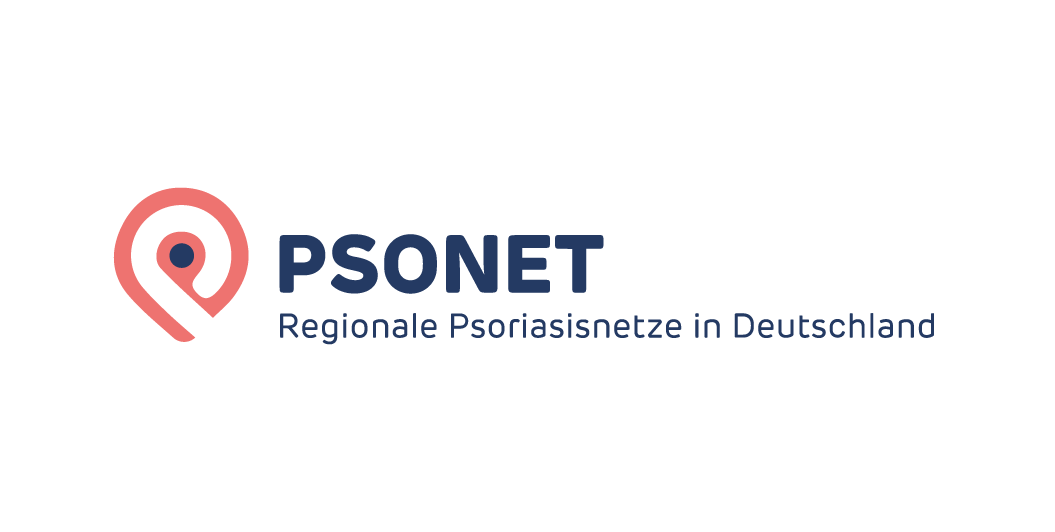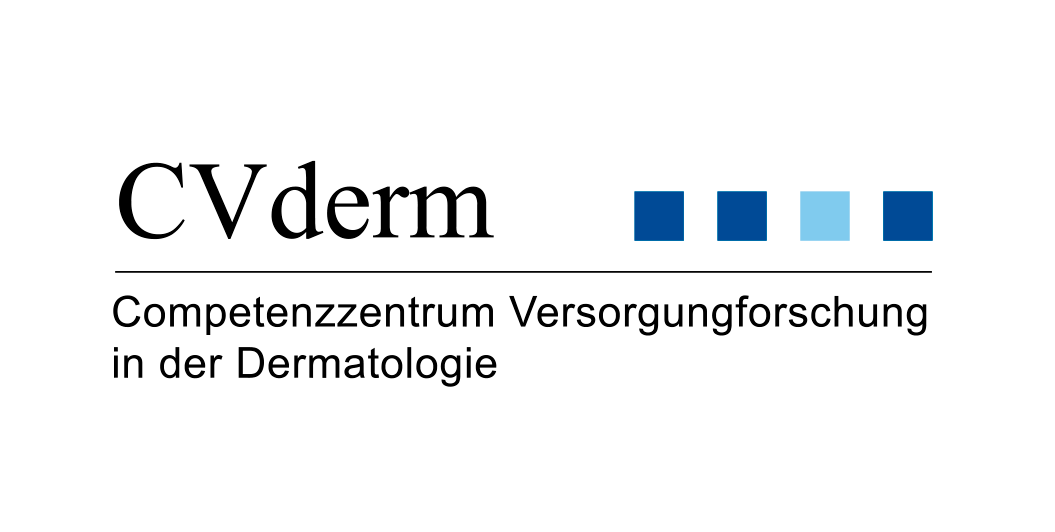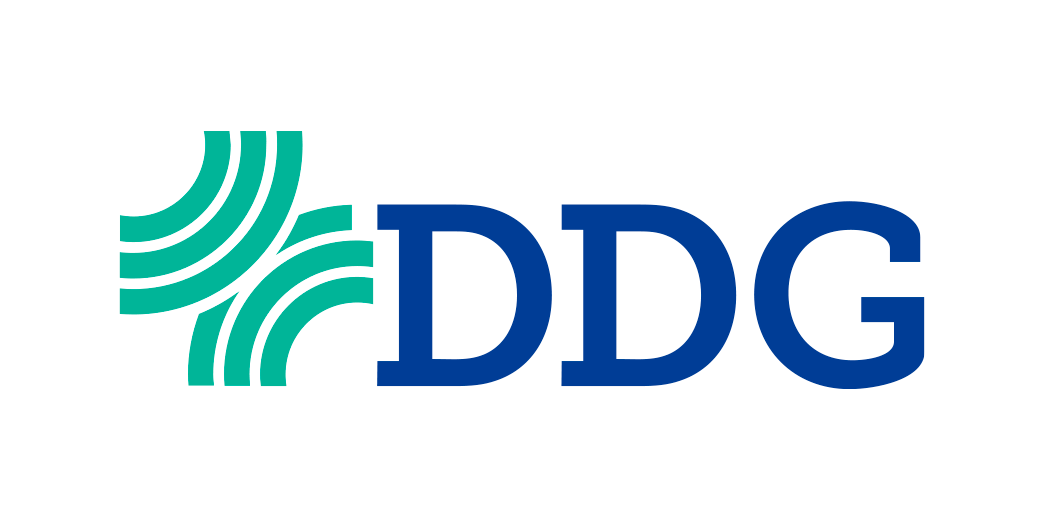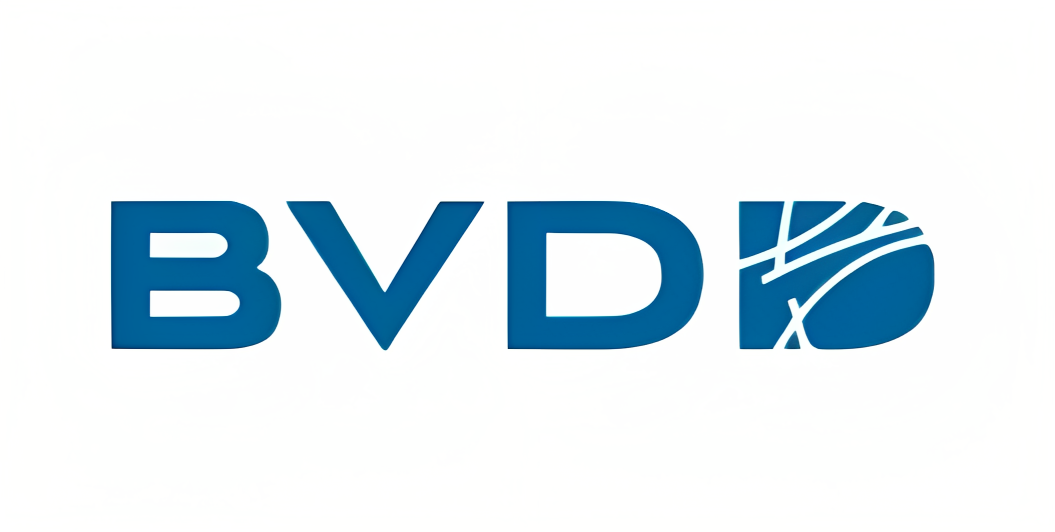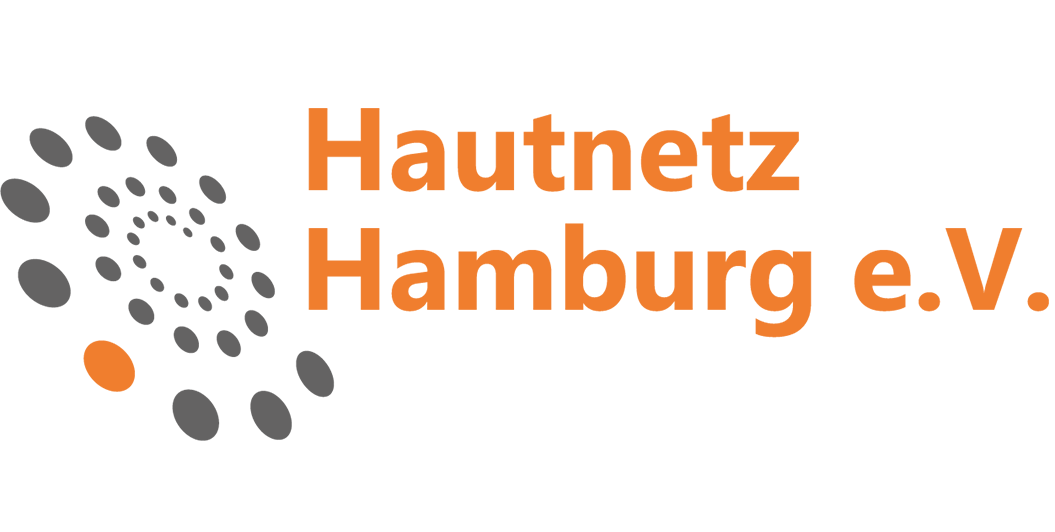Home
electronic Nail Assessment in Psoriasis and Psoriatic Arthritis
eNAPPA
Nail assessment made easy and quick
What is the eNAPPA?
The eNAPPA is composed of three different tools, each of which can be used independently of the others:
1) The eNAPPA QoL is filled out by the patient and aims to assess the quality of life in patients with nail psoriasis.
2) The eNAPPA PBI is used to assess the patient-relevant treatment benefit in nail psoriasis from the patient’s point of view.
3) In the eNAPPA Clin, the clinical severity of nail psoriasis is assessed by the treating physician.
Validation of questionnaire
paper version: yes digital version: no
How to use the eNAPPA
The NAPPA-QOL and NAPPA-PBI questionnaires are filled out by the patient himself. The questionnaire is self-explanatory, yet patients can be supported if they are not able to fill it in by themselves. The NAPPA-CLIN is filled out by the dermatologist or assisting person. This part needs a basic understanding of clinical signs on the nails.
The three components (modules) have been developed and validated on an international basis. Thus, several language versions are available. The modules can be used independently of each other.
The following versions of the eNAPPA are available
The impact of nail psoriasis
More than 50% of moderate to severe psoriasis patients have nail involvement which in many cases causes functional and emotional impairment and can be painful. Measurement of patient-related outcomes is essential for research and clinical care.
Features
USER-FRIENDLY
As it is easy and straight-forward to use the eNAPPA can support physicians from a range of different disciplines in nail psoriasis assessment.
QUICK
Save time with our online tool. Fill in the questionnaire and your result will be calculated automatically.
ENVIRONMENTALLY FRIENDLY
Take care of the environment and save your patient data on the online platform or as PDF files for yourself and your physicians.
MULTILINGUAL
The eNAPPA is available in different languages. The use of the respective first language reduces language barriers and supports the understanding between physician and patient.
ACCESSIBLE FROM ALL DEVICES
With DermaValue, your eNAPPA is always just a few clicks away. The application is available for PCs, tablets, smartphones, and other devices.
MULTIDIMENSIONAL SCALES
The eNAPPA consists of three different instruments that assess nail psoriasis from both the patient's and the physician's point of view.
References
Validation study:
Augustin M, Blome C, Costanzo A, Dauden E, Ferrandiz C, Girolomoni G, Gniadecki R, Iversen L, Menter A, Michaelis-Wittern K, Morita A, Nakagawa H, Reich K. Nail Assessment in Psoriasis and Psoriatic Arthritis (NAPPA): development and validation of a tool for assessment of nail psoriasis outcomes. Br J Dermatol. 2014 Mar;170(3):591-8. doi: 10.1111/bjd.12664 . PMID: 24117393 .
Our other tools
Our partners

